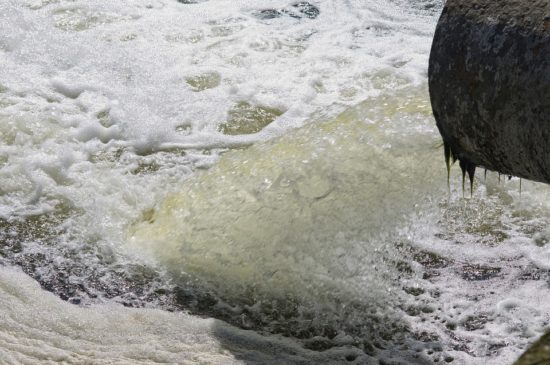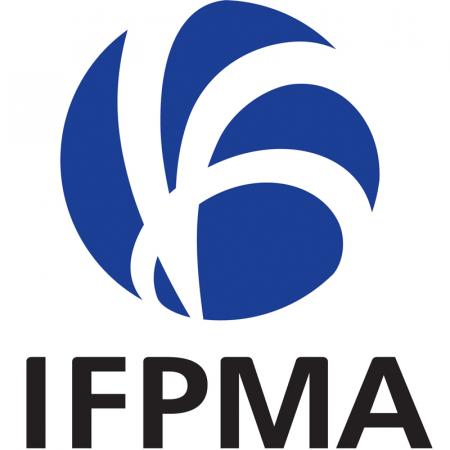High prevalence of MDR and XDR Escherichia coli in hospital wastewater from Shiraz, Iran: ESBL and carbapenemase production
This study analyzed Escherichia coli isolates from hospital wastewater (HWW) in Shiraz, Iran, to assess antimicrobial resistance patterns. From 36 influent and effluent samples, 68 E. coli isolates were identified, showing alarmingly high resistance to ampicillin (97.1%) and amoxicillin/clavulanic acid (86.8%), while resistance to carbapenems remained relatively low. Most isolates (80.9%) were multidrug-resistant (MDR), and 22.1% were extensively drug-resistant (XDR). Extended-spectrum β-lactamase (ESBL) production was detected in 57.4% of isolates, with resistance genes such as blaTEM, blaCTX-M, and blaSHV frequently found. Carbapenemase genes blaOXA-48, blaIMP, and blaVIM were also present. Phylogroup B2, including high-risk clone ST131 (33.8%), predominated. The findings highlight that hospital wastewater is a critical reservoir for MDR and pathogenic E. coli, emphasizing the need for regular wastewater monitoring to curb the spread of AMR.
AMR NEWS
Your Biweekly Source for Global AMR Insights!
Stay informed with the essential newsletter that brings together all the latest One Health news on antimicrobial resistance. Delivered straight to your inbox every two weeks, AMR NEWS provides a curated selection of international insights, key publications, and the latest updates in the fight against AMR.
Don’t miss out on staying ahead in the global AMR movement—subscribe now!






